100th Anniversary Great Nave Tour at the Cathedral of St. John the Divine
Celebrate the 1925 construction of the stunning nave inside the world's largest Gothic cathedral!


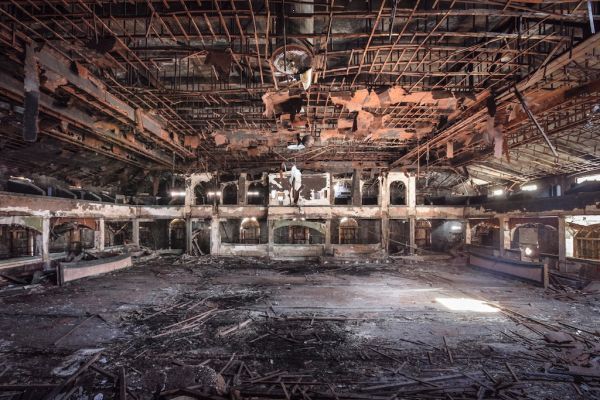
If you were to transport yourself back in time to Harlem in the 1920s, and in particular, to the corner of Seventh Avenue between 137th and 138th Streets, you would find yourself in front of the The Renaissance Theater and Casino. The popularity of jazz joints made Harlem a destination during the 1920’s. Leading the way were the big three–The Cotton Club, located on the corner of 142nd Street and Lenox Avenue, the stunning Savoy Ballroom, which covered an entire city block on Lenox Avenue between 140th-141st Streets, and Connie’s Inn located on Seventh Avenue at 131st Street. But the only club open to African-Americans was The Renaissance Theater and Casino.
The Renaissance Theater & Casino was a true center for the African-American community. Built in 1921 and owned and operated by African-American entrepreneurs, it housed a 900-seat theater, casino and ballroom, and was home to the all-black professional basketball team–the Harlem Renaissance Five. The two-story structure was arranged so that the family activities such as movies and performances were on the first floor, and the commercial space on the second floor held the casino and ballroom. It also was a place where community meetings were held, Sweet Sixteen parties were celebrated and prize fights took place.
It was the first theater in New York that was owned and operated by African-Americans, which in itself was of great historic significance. In 1991, the Landmarks Preservation Commission agreed and set out to landmark the complex, but it was never passed.

The “Rennie” closed in 1979 and the property was purchased by the Abyssinian Development Corporation, with a restoration plan to be concluded on the building over the next ten years. But today it is an abandoned canvas for graffiti, and trees appear to be leaning toward the sky from the roofless second story. In this condition, it was a perfect setting for Spike Lee’s movie “Jungle Fever”, where he used it as a backdrop for the notorious crack den scene. These photographs from Abandoned NYC give a look into the state of this historical ballroom today.

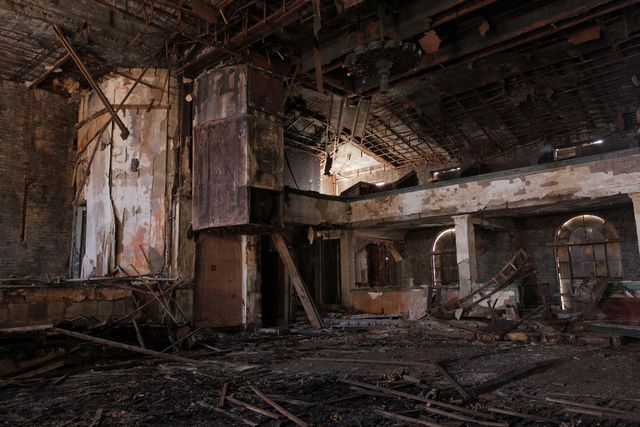
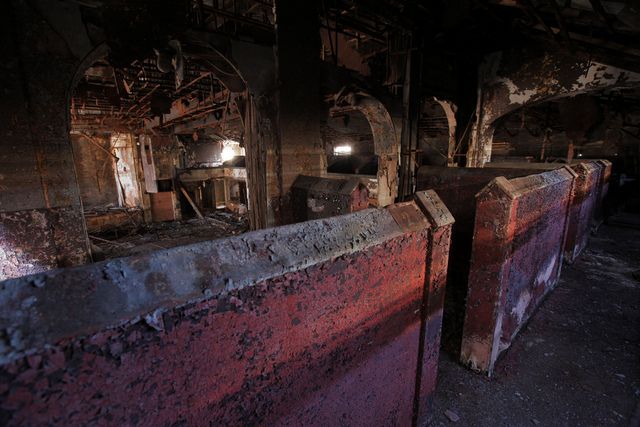
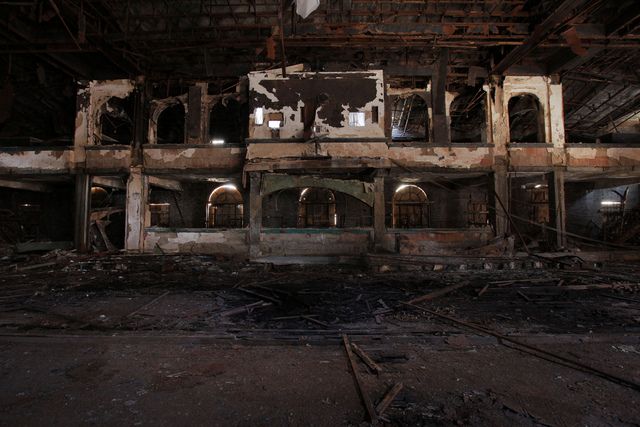
The abandoned complex sits across the street from the historic Strivers Row, where townhouses sell for upwards of $2 million. The Renaissance Theater and Casino complex was never landmarked, due to the efforts of the Abyssinian Development Corporation who felt that landmarking would create delays in their plans for a 13-story apartment complex above the casino. Even in its current condition, the beauty of the Islamic inspired architecture designed by Harry Creighton Ingalls, still shines through.
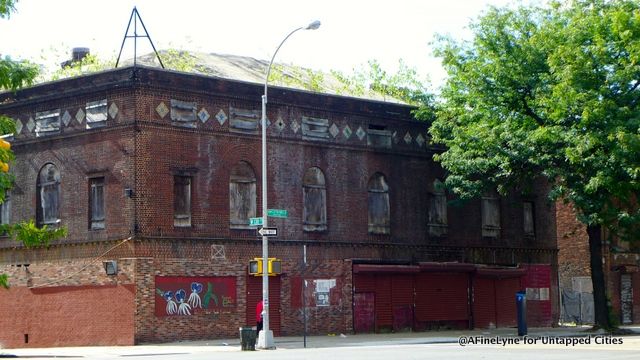
In the end, The Savoy and The Cotton Club were demolished to make room for housing, and Connie’s Inn was moved to a downtown location in the early 1930’s. Meanwhile, the Renaissance Theater & Casino complex sits patiently waiting, while the ghosts of song and dance live on.
Get in touch with the author at AFineLyne
Subscribe to our newsletter